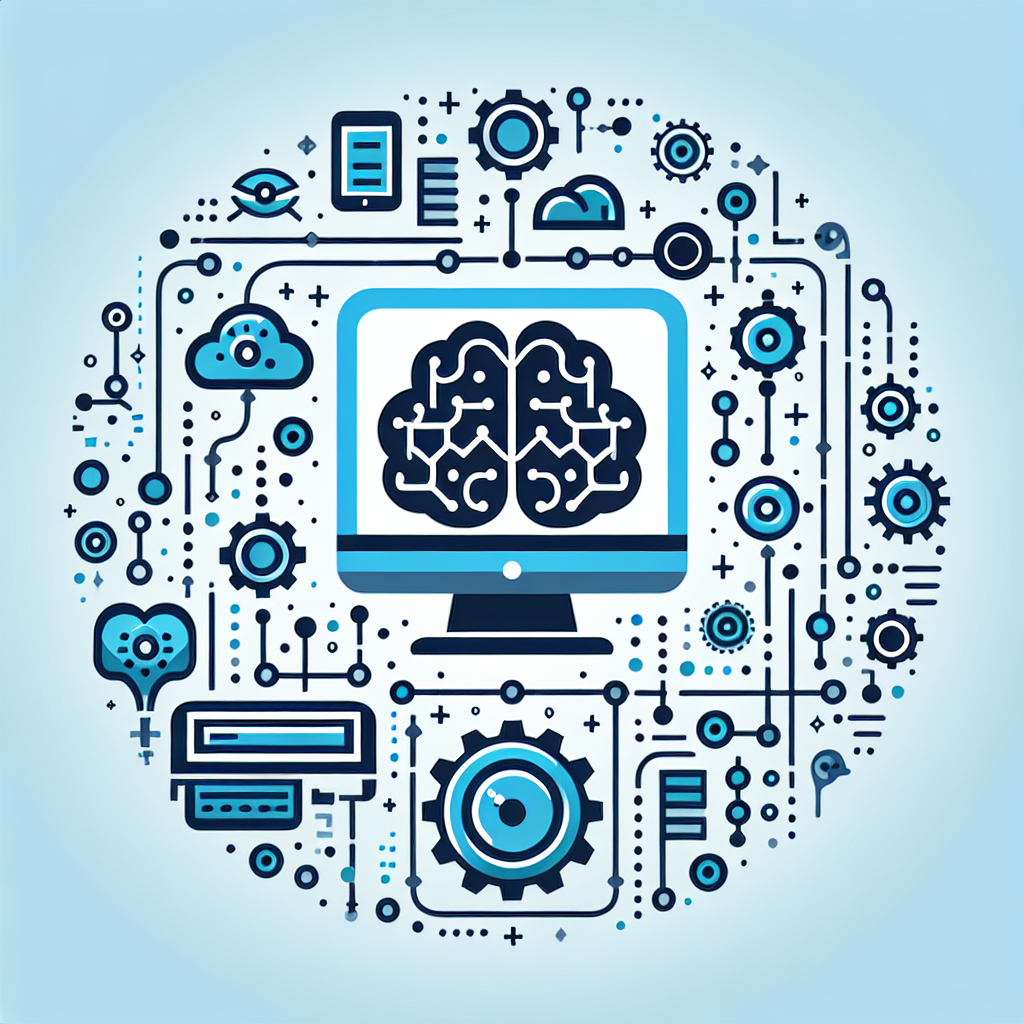Artificial Intelligence (AI) has become a hot topic in the tech world over the past few years, with many companies investing heavily in AI software to improve their processes and services. But what exactly is AI software, and how does it work? In this article, we will explore the basics of AI software and how it is revolutionizing various industries.
What is AI Software?
AI software refers to computer programs that are designed to mimic human intelligence and perform tasks that typically require human intelligence, such as visual perception, speech recognition, decision-making, and language translation. These programs use algorithms and data to learn from experience, adapt to new information, and make decisions without human intervention.
There are several types of AI software, including machine learning, deep learning, natural language processing, and computer vision. Machine learning is a subset of AI that uses algorithms to analyze data, learn from it, and make predictions. Deep learning is a more advanced form of machine learning that uses artificial neural networks to simulate the way the human brain works. Natural language processing enables computers to understand and generate human language, while computer vision allows computers to interpret and analyze visual information.
How Does AI Software Work?
AI software works by processing vast amounts of data and using algorithms to identify patterns and make predictions. The software is trained on a specific dataset to learn how to perform a particular task, such as recognizing faces in images or translating text. Once the software has been trained, it can be deployed to perform the task on new data.
For example, in the case of image recognition, AI software uses computer vision algorithms to analyze pixels in an image and identify patterns that correspond to specific objects or features. The software can be trained on a dataset of images labeled with the objects they contain, such as cars, dogs, or trees. Once the software has learned to recognize these objects, it can be used to classify new images based on the patterns it has identified.
In the case of natural language processing, AI software uses algorithms to analyze text and extract meaning from it. The software can be trained on a dataset of text labeled with the meanings of words and phrases, such as sentiment analysis or topic classification. Once the software has learned to understand the language, it can be used to process new text and extract relevant information from it.
Applications of AI Software
AI software is being used in a wide range of industries to automate tasks, improve decision-making, and enhance user experiences. Some common applications of AI software include:
– Chatbots: AI-powered chatbots are used by companies to provide customer support, answer queries, and automate repetitive tasks.
– Recommendation systems: AI software is used by streaming services, e-commerce platforms, and social media sites to recommend products, movies, or content based on users’ preferences and behavior.
– Autonomous vehicles: AI software is used in self-driving cars to analyze sensor data, navigate roads, and make decisions in real-time.
– Healthcare: AI software is used in medical imaging, drug discovery, and personalized medicine to improve diagnosis and treatment outcomes.
– Finance: AI software is used in fraud detection, risk assessment, and algorithmic trading to automate processes and make better decisions.
FAQs
Q: Is AI software the same as robotics?
A: AI software and robotics are related but distinct fields. AI software refers to computer programs that mimic human intelligence, while robotics involves the design and construction of physical robots that can perform tasks autonomously.
Q: What are the ethical implications of AI software?
A: There are several ethical concerns surrounding AI software, such as bias in algorithms, job displacement, privacy issues, and the potential for misuse. It is important for companies and policymakers to address these concerns and ensure that AI is developed and used responsibly.
Q: Can AI software replace human workers?
A: While AI software can automate tasks and improve efficiency, it is unlikely to completely replace human workers. AI is best suited for tasks that require data analysis, pattern recognition, and decision-making, while human workers excel at tasks that require creativity, empathy, and social skills.
Q: How can I learn more about AI software?
A: There are many resources available to learn more about AI software, including online courses, books, and tutorials. You can also attend conferences, workshops, and meetups to network with professionals in the field.
In conclusion, AI software is a powerful technology that is transforming various industries and revolutionizing the way we work and live. By understanding the basics of AI software and its applications, we can harness its potential to improve processes, drive innovation, and create new opportunities for growth.

